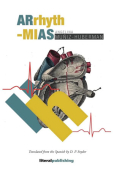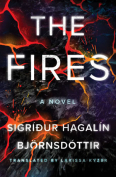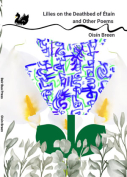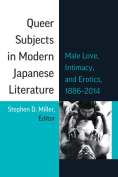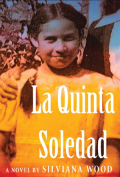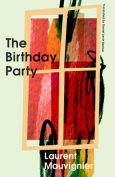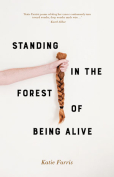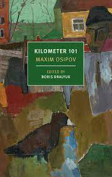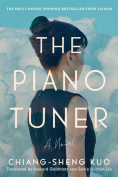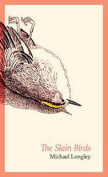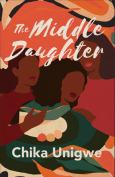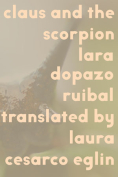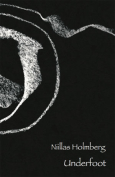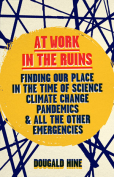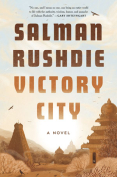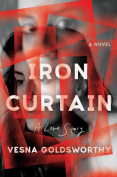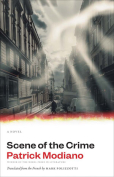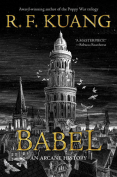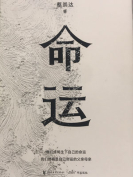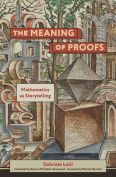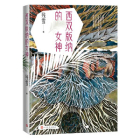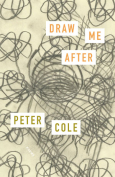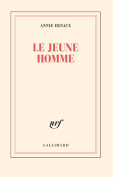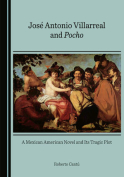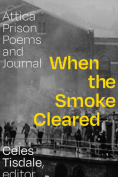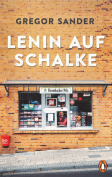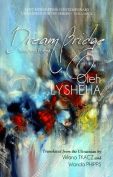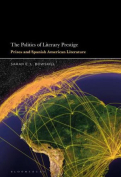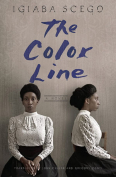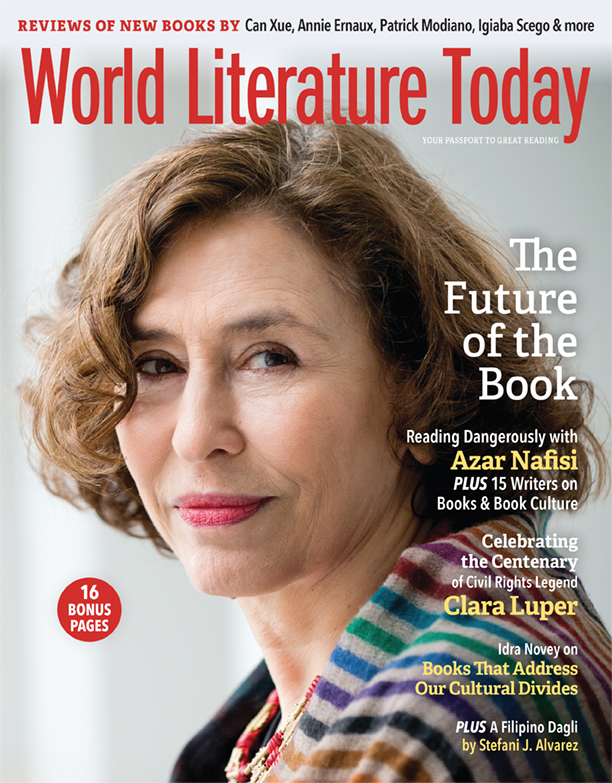Babel; or The Necessity of Violence: An Arcane History of the Oxford Translators’ Revolution by R. F. Kuang
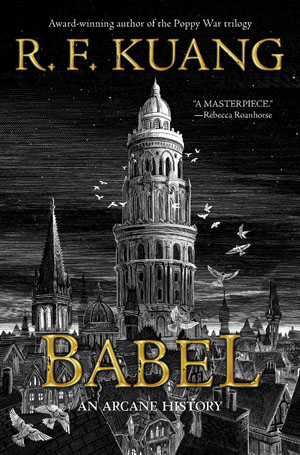 New York. Harper Voyager. 2022. 560 pages.
New York. Harper Voyager. 2022. 560 pages.
Given the subtitle of this alternate-history novel about language, translation, colonialism, and war, one would be forgiven for spending most of one’s time analyzing each of the novel’s events to gauge whether or not said violence will indeed be necessary. It is this kind of leading (or perhaps distracting) element that mars what is otherwise a unique, if not wholly convincing, take on what the Industrial Revolution in Britain would have wrought had silver, rather than steam and other technologies, driven innovation.
In R. F. Kuang’s take on early nineteenth-century England, translators, rather than inventors, are the major force behind industrial innovations, with bridges, factories, banks, carriages, and more operating at beyond-peak efficiency thanks to pairs of silver bars activated by language. For example, a silver bar with the Chinese word wuxing (“formless, shapeless, incorporeal”) engraved on one side and the English word invisible on the other could be activated if both words are spoken aloud by someone fluent in both languages—thus the speaker would be able to hide from view for several minutes. Throughout England, such bars are buried in gardens to facilitate growth and beauty, installed in bridges to strengthen them, placed in boats to expedite travel, all to improve British lives. Of course, upper-class Britons reap many more of the benefits of silver than the working class and poor, many of whom were thrown out of jobs as the Industrial Revolution passed them by.
Into this world of translation and silver come four Oxford students (Robin, Ramy, Victoire, and Letty) who have been admitted to the prestigious translation program at a tower called Babel. Within this structure, professors and students work on using ancient and modern languages to plumb the depths of “match-pairs” to keep industry humming. Wealthy and powerful, thanks to this magical silver, Britain has amped up its colonial program by the 1830s, focusing especially on China, due to its silver. As Robin and his friends eventually learn, China’s resistance to Britain’s pursuit of its silver through opium trafficking (Kuang’s reference to the Opium Wars of the mid-nineteenth century) will eventually lead to war, which Britain will likely win. Robin, Ramy, and Victoire are especially concerned because they see themselves as pawns in this colonial game, used for their fluency in Chinese, Arabic, Kreyol, and other languages. As natives of China and India, Robin and Ramy resent how differently they are treated by white Britons (Victoire, as a black Frenchwoman, feels the same).
Robin soon meets a half-brother he never knew he had—one who works for a clandestine organization that siphons off Babel translators to work against the British colonial program. Griffin insists that violent resistance is the answer and eventually steers Robin to the same conclusion, one that will (as Robin admits) disproportionately hurt lower- and middle-class Britons who won’t be able to escape their cities once sanitation collapses, bridges fall, and food can no longer find its way to markets. The goal, though, is to stop Britain’s secret planned invasion of China—planned, that is, by the heads of Babel and not the British government (think India and the British East India Company).
Babel is creative in its exploration of the power of language and how translators can be used both to bring the people of the world together and to exploit other countries in pursuit of colonialist domination. Nonetheless, the novel often becomes bogged down in discussions about exploitation and injustice that would be better communicated by a more dynamic plot. The footnotes that Kuang includes are interesting asides, except when they, once again, tell instead of show.
Ultimately, Babel offers an intriguing take on an Industrial Revolution driven by silver and language, and its fluid mix of actual and fictional history make it a compelling read.
Rachel S. Cordasco
Madison, Wisconsin
